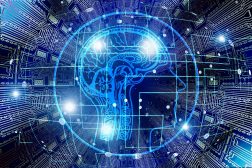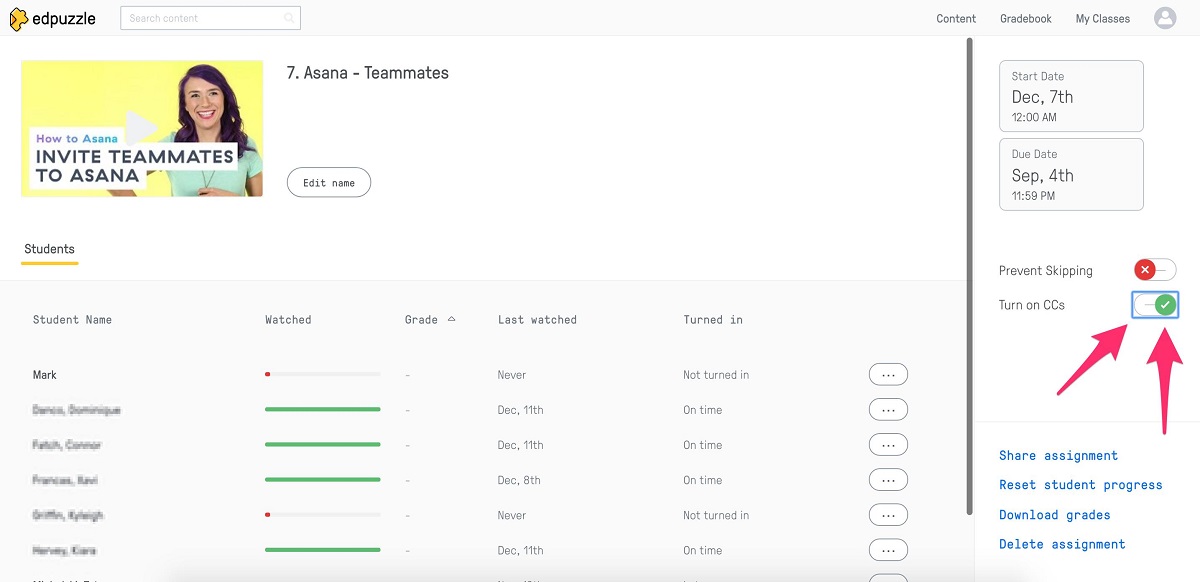Technology has ingrained itself deeply in various facets of our lives in this modern era, notably revolutionizing the education sector. It has paved the way for a reimagined approach to learning, making education more accessible, interactive, and engaging.
Let’s dissect the multifaceted influence technology has on education, looking at it through different lenses such as the rise of e-learning platforms, integration of Artificial Intelligence (AI), the involvement of Virtual Reality (VR) and Augmented Reality (AR), and the facilitation of collaborative learning environments.
Emergence of E-Learning Platforms
A World Beyond Classroom Walls
E-learning platforms have demolished the conventional boundaries of learning, offering expansive educational resources to a global audience. This new-age learning methodology enables individuals worldwide to access superior education without geographical limitations.
Key Characteristics of E-Learning
- Accessibility: E-learning platforms are accessible from anywhere, anytime, offering a flexible learning schedule to accommodate various time zones and personal commitments.
- Diversity of Courses: These platforms provide a rich repository of courses across diverse domains, catering to different learning preferences and career aspirations.
- Innovative Teaching Methods: Through multimedia elements like video lectures, interactive quizzes, and simulated labs, e-learning platforms offer innovative and engaging teaching methods.
- Community and Networking: These platforms often harbor a community of learners, facilitating networking and discussions among individuals with similar interests.
Benefits of E-Learning
E-learning brings many benefits, transforming the learning experience into a more personalized, resource-rich, cost-effective, and flexible journey.
- Personalized Learning Paths: Advanced algorithms within these platforms adapt to individual learning patterns, offering a customized education trajectory.
- Rich Resource Repository: Many resources, such as e-books, podcasts, and video tutorials, facilitate a comprehensive learning experience.
- Cost-Effectiveness: E-learning omits the need for physical infrastructure, making quality education available at a fraction of the conventional cost.
- Flexibility and Convenience: Learners can customize their schedules, fostering a balanced and self-paced learning environment.
Integration of Artificial Intelligence (AI) in Education
Revolutionizing Educational Processes
Artificial Intelligence has significantly reshaped education, automating various tasks and offering intelligent insights to augment learning outcomes. AI-powered tools have facilitated the development of a responsive and individualized learning ecosystem.
Applications of AI in Education
- Automated Administrative Tasks: AI streamlines administrative tasks such as admissions, attendance tracking, and grading, freeing educators to focus more on teaching.
- Learning Analytics: AI analyzes student data to identify learning patterns and potential areas of improvement, paving the way for personalized education strategies.
- Content Development and Customization: AI assists in developing and customizing content, making learning resources more aligned with individual learning styles and preferences.
Alongside artificial intelligence advancements, technology has blessed us with platforms offering writing services. Whether you need an essay or any other paper, they’ve got you covered. Check out the insights at https://www.writingpapersucks.com/speedypaper-com-review/ to learn how to swiftly and efficiently get papers or essays on any topic you desire.
Role of AI in Student Assessment
- Automated Grading and Evaluation: AI can handle the grading process, saving precious time for teachers and ensuring an unbiased assessment.
- Predictive Analytics for Student Success: AI can foresee potential academic challenges by analyzing student performance data, enabling timely interventions to support student success.
- Personalized Content Delivery: AI can tailor content delivery based on the individual learning trajectories of students, fostering a more personalized education experience.
Virtual Reality (VR) and Augmented Reality (AR) in Education
Opening New Frontiers in Learning
VR and AR technologies have opened up new avenues for immersive learning experiences. These advancements allow students to explore complex subjects through virtual simulations and interactive 3D models and substantially enhance comprehension and retention.
To further delve into the fascinating world of technological advancements in education, you can read about new technologies for students at https://techenworld.com/new-technologies-for-students/. By incorporating modern tools and resources into the learning process, students are better equipped to thrive in the digital age.
The Potential of VR and AR in Education
- Interactive Laboratories: VR and AR facilitate interactive laboratories where students can conduct experiments in a safe and controlled virtual environment.
- Virtual Field Trips: Students can undertake virtual field trips to explore historical sites, natural phenomena, or outer space without leaving the classroom.
- 3D Visualization of Complex Concepts: These technologies allow for 3D visualization of complex concepts, enabling a deeper understanding and interactive learning experience.
Applications of VR and AR in Education
- Immersive Learning Experiences: VR and AR offer immersive learning experiences where students can explore and interact with the learning material in a virtual space.
- Skills Training and Development: These technologies are utilized in skills training across various domains, including medical, engineering, and vocational training, offering realistic simulations to practice and enhance skills.
- Enhanced Engagement: By providing a hands-on and interactive learning experience, VR and AR increase student engagement and motivation.
Collaborative Learning Through Technology
Fostering Global Connections
Technology has fostered collaborative learning environments, facilitating global communication and collaboration among students and educators. Various platforms like Google Classroom and Microsoft Teams have streamlined collaboration and resource sharing, bridging gaps and fostering a globally connected learning community.
Advantages of Collaborative Learning
- Global Exposure and Cultural Exchange: Collaborative learning platforms facilitate interaction with peers from diverse geographical and cultural backgrounds, promoting a richer understanding of the world.
- Peer-to-Peer Learning and Knowledge Sharing: These platforms foster peer-to-peer learning, encouraging students to share knowledge and insights and learn from each other’s experiences.
- Development of Communication Skills: Collaborative learning environments encourage students to communicate effectively, honing their communication and interpersonal skills.
Technological Tools Facilitating Collaborative Learning
- Project Management Tools: Tools like Asana and Trello facilitate project management and teamwork, streamlining workflow and enhancing productivity.
- Video Conferencing Tools: Platforms like Zoom and Skype facilitate real-time communication and collaboration, fostering a connected learning community.
- Document Sharing and Collaboration Tools: Tools like Google Docs and Microsoft Office allow for seamless document sharing and collaborative editing, enhancing efficiency and cooperation in learning projects.
In this context, it is often wondered, “Is SpeedyPaper legit?” as students seek reliable platforms for additional support and resources. Therefore, after reading several reviews and realizing it is legal, you can easily order your first essay.
Conclusion
To conclude, technology has drastically revolutionized the education sector, ushering in a wave of unprecedented changes and opportunities. Technology has reshaped education in profound ways, from facilitating e-learning to integrating artificial intelligence and from immersive learning experiences through VR and AR to fostering global collaborative learning environments.
As we forge ahead in this digital epoch, the role of technology in education will further evolve, promising to unveil newer avenues and opportunities for learning. The horizon seems expansive, and the possibilities limitless. As we stand on the cusp of this transformative era, it is imperative to leverage these technological advancements to foster a globally connected, inclusive, and enriched learning ecosystem, paving the path for a brighter and more enlightened future for learners globally.

























